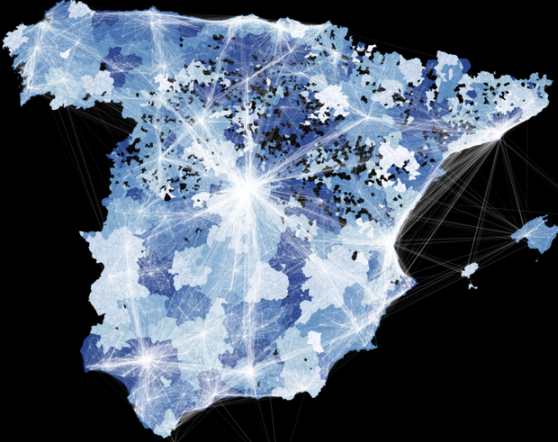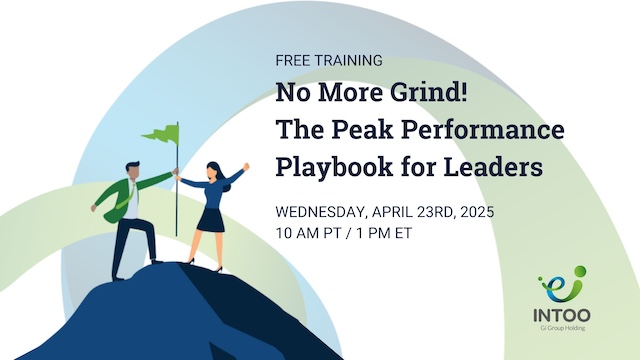
Protecting one’s employer brand is more important than ever as social media and review sites have become the online employee bullhorn to rave and rant about workplace practices.
Layoffs in particular have been observed to incite instant employee reaction on sites like Twitter, and companies have become more vigilant in defending their reputation and finding more preventative ways, such as providing career and transition assistance to affected employees, to get ahead of a bad review.
But do unemployed workers really use social media to discuss jobs, employers, and their employment status?
A recent study weighs in on the topic: Researchers from the Universidad Carlos III de Madrid mined and tracked a database of 19.6 million geo-located tweets published between November 2012 and June 2013 in Spain—a country plagued by a crushing 24.4 percent unemployment rate.
The study found these 3 surprising correlations between Twitter use and unemployment:
| 1. |
The more Twitter users in a region, the higher the rate of unemployment there. |
| This high correlation between what Esteban Moro, an author of the study, calls “Twitter penetration” and unemployment rate was a surprise for the researchers. Although the study only proves correlation and not causation, it suggests that unemployed workers may have a stronger proclivity to use Twitter while jobless. | |
| 2. |
These tweets are more likely to contain words such as “job” or “unemployment” |
Not only do tweets increase in areas impacted by high unemployment, but the content of these tweets have a disproportionately higher mention of words relating to employment. The study does not reveal the sentiment of the tweets, but the findings do suggest that unemployed workers who are more likely to engage on Twitter are also more likely to discuss their employment status and job search. |
|
| 3. |
The rate of tweeting between 9 a.m. and midday on weekdays is significantly higher in areas of high unemployment. |
This data point could be revealing a difference in the day-to-day life between those with and without jobs. In areas where unemployment is low, the tweets spike earlier—between 8 a.m. to 10 a.m.—typically before and around the start of the workday. In areas of higher-unemployment, the spike in tweets skewed towards a later time frame, possibly time-stamping the later-to-rise, unemployed populace.
Wielding Social Media as an Employer’s ToolSocial Media and review sites can act as a sounding board for employers to learn what their employees really think of their brand. At the very minimum, employers should:
|
|
Solutions & Additional Resources
Social Media Monitoring: Not Responding in Real-Time Costs Brands, Big Time
A company investigates the opportunity cost of not monitoring and engaging on social media.
CHRO = CEO?
New study shows, among executives, CHROs share the most similar traits with CEOs. Should CHROs set their gaze at the CEO seat?
3 Good Reasons You Should Re-Hire Someone You Fired
Have you ever welcomed back a terminated or laid-off employee? A few reasons why re-hiring a boomerang employee could be a great idea for the right individual.










